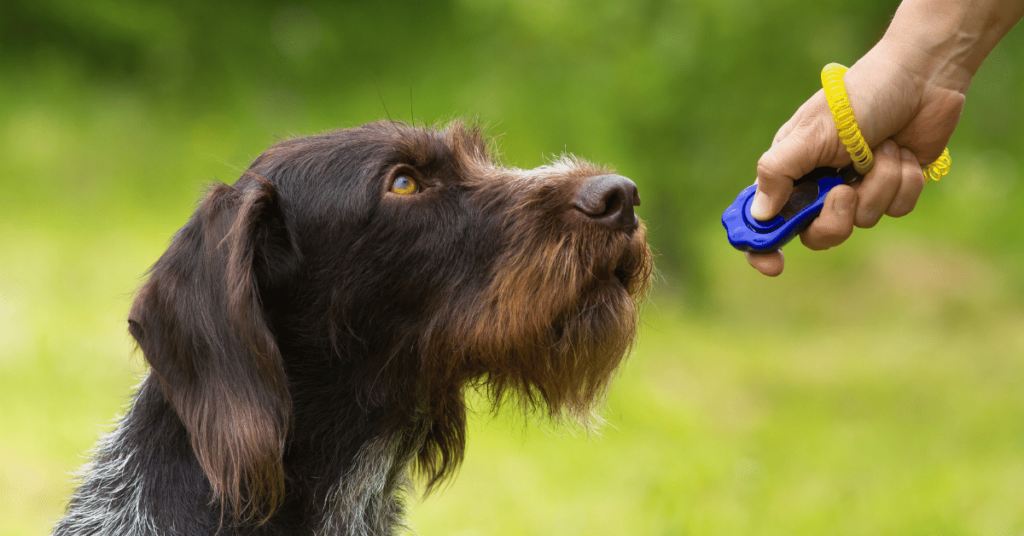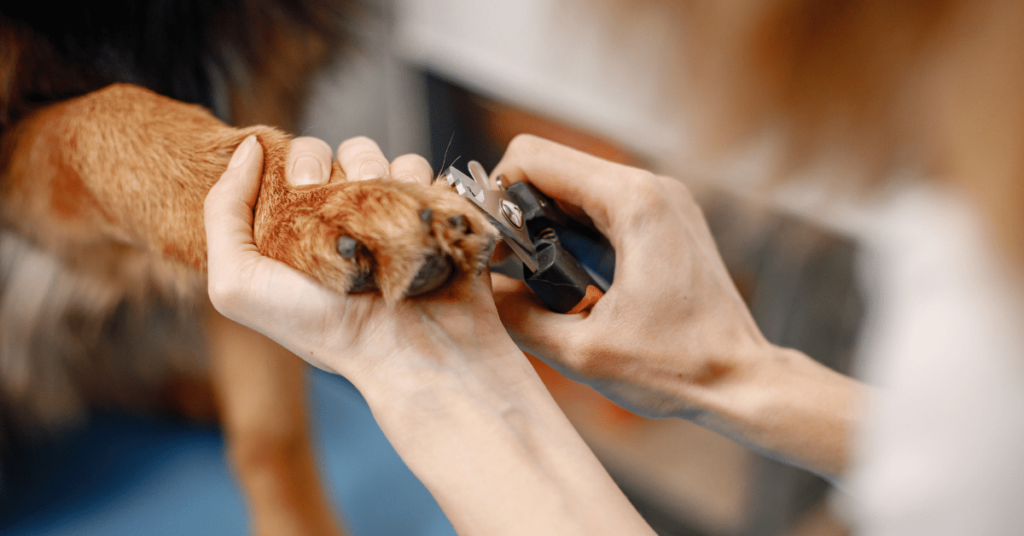What is Clicker Training?
Clicker training is a popular and effective method used to train pets, especially dogs. It is a positive reinforcement technique that uses a distinct sound, typically a clicker, to mark the desired behavior. This sound is followed by a reward, usually a treat, which reinforces the behavior and encourages the pet to repeat it.
The Science Behind Clicker Training
Clicker training is based on the principles of operant conditioning. It takes advantage of the fact that animals, including pets, learn through trial and error. When a behavior is followed by a pleasant outcome, such as a reward, the animal is more likely to repeat that behavior in the future.
The clicker acts as a conditioned reinforcer, meaning that it becomes associated with the primary reinforcer (the treat). Every time the clicker is heard, the pet knows that a treat is coming, making it a powerful tool for communication during training.
How to Get Started with Clicker Training
Before you begin clicker training, you’ll need a few basic supplies:
- Clicker: Choose a clicker that is easy to hold and has a distinct sound.
- Treats: Select small, bite-sized treats that your pet finds highly motivating.
- Training Area: Find a quiet place where you and your pet can focus without distractions.
Step 1: Charge the Clicker
The first step is to associate the sound of the clicker with a reward. Hold the clicker in one hand and a treat in the other. Click the clicker and immediately give your pet a treat. Repeat this several times, ensuring that your pet understands that the clicker is always followed by a reward.
Step 2: Mark and Reward Desired Behaviors
Once your pet understands the association between the clicker and the treat, you can start using it to mark and reinforce desired behaviors. For example, if you’re teaching your dog to sit, click the clicker the moment their bottom touches the ground, and then reward them with a treat. The clicker serves as a signal that lets your pet know they have done something correctly.
Step 3: Shape Behaviors with Clicker Training
Clicker training can also be used to shape more complex behaviors. Instead of waiting for the desired behavior to naturally occur, you can break it down into smaller steps and reward each step along the way. For example, if you’re teaching your dog to roll over, you can start by rewarding them for lying down, then for rolling onto their side, and finally for completing the full roll-over motion.
Step 4: Generalize the Behavior
Once your pet has mastered a behavior in a controlled environment, it’s important to generalize it to different situations and locations. Gradually introduce distractions and practice the behavior in various settings to ensure that your pet understands that the behavior is expected regardless of the circumstances.
Advantages of Clicker Training
Clicker training offers several advantages over other training methods:
- Precision: The clicker allows for precise timing, which helps your pet understand exactly which behavior is being reinforced.
- Speed of Learning: Clicker training can accelerate the learning process as it provides clear communication between you and your pet.
- Positive Reinforcement: Clicker training focuses on positive reinforcement rather than punishment, creating a positive and enjoyable learning experience for your pet.
- Bonding: Training sessions using clicker and reward techniques provide an opportunity for you to bond with your pet and strengthen your relationship.
Common Mistakes with Clicker Training
While clicker training is highly effective, there are a few common mistakes that pet owners should avoid:
Timing: Clicking too early or too late can confuse your pet and hinder their understanding of the desired behavior. Consistency and precision are key.
Overusing the Clicker: The clicker should only be used to mark the desired behaviors. Overuse of the clicker can make it less effective and lose its meaning to your pet.
Inconsistency with Rewards: Always follow the click with a reward. Inconsistent reward delivery can lead to confusion and a decrease in motivation.
Lack of Patience: Training takes time and patience. Rushing the process or becoming frustrated can hinder your pet’s progress and enthusiasm.
Summary
Clicker training is a powerful and effective method for training pets. By using a clicker to mark desired behaviors and providing rewards, you can communicate clearly with your pet and reinforce positive actions. Remember to be patient, consistent, and always focus on positive reinforcement. With clicker training, you can achieve great results while strengthening the bond between you and your pet.







